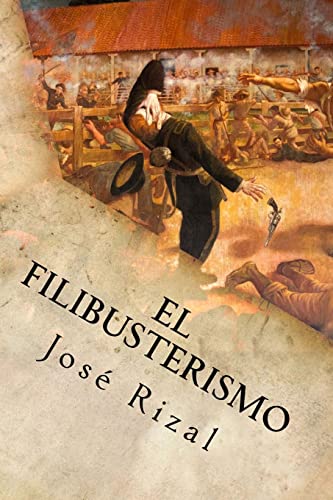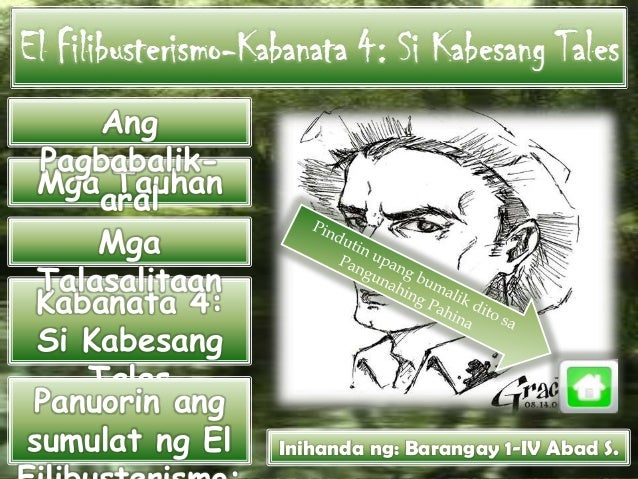

Mga Ibong Mandaragit had been translated into English and Russian.

The novel portrays the conditions of the citizenry at the onset of industrialization brought forth by the Americans in the Philippines. Hernandez's novel also tackles the lead character's search for Simoun's treasure, acting as a continuation of Rizal's El Filibusterismo. Similar to Rizal's novel, the main character examines the Philippines as an outsider while traveling in Europe. The protagonist Mando Plaridel is tested by Tata Matyas, an old revolutionary, on his knowledge about Rizal and Rizal's novels. The novel acts as a sequel to Jose Rizal's historic Noli Me Tangere and El filibusterismo.

The setting is in the middle of 1944, when the armed forces of the Japanese Empire were losing. The narrative, illustrates Hernandez's yearning for change and the elevation of the status of Philippine society and living conditions of Filipinos. The novel reflects Hernandez's experience as a guerrilla intelligence officer when the Philippines was under Japanese occupation from 1942 to 1945. Mga Ibong Mandaragit, hailed as Hernandez's masterpiece, focuses on the neocolonial dependency and revolt in the Philippines. The result is the most authoritative and faithful English translation to date, one which attempts to preserve in English the cadence and color of the original.Mga Ibong Mandaragit or Mga Ibong Mandaragit: Nobelang Sosyo-Politikal (literally, Birds of Prey: A Socio-Political Novel) is a novel written by the Filipino writer and social activist, Amado V. Translator Soledad Lacson-Locsin is the first to have worked from facsimile editions of the original manuscripts. Through them the colonial milieu is expanded - its officialdom, education, legal system, power plays, social patterns - and seen anew as context for conflict and insight. Characters from the ""Noli"" (Basilio, Dona Victorina, Padre Salvi) return while new ones are introduced: Simoun, the transformed Ibarra Cabesang Tales and his struggle for justice the nationalist student Isagani the Indio priest Padre Florentino. For many years, copies of the ""Fili"" were smuggled into the Philippines after it was condemned as subversive by the Spanish authorities. A nationalist novel by an author who has been called ""the first Filipino,"" its nature as a social document of the late-nineteenth-century Philippines is often emphasized. It was published in Ghent in 1891 and later translated into English, German, French, Japanese, Tagalog, Ilonggo, and other languages. Like its predecessor, the better-known ""Noli Me Tangere"", the ""Fili"" was written in Castilian while Rizal was traveling and studying in Europe. El Filibusterismo (""The Subversive"") is the second novel by Jose Rizal (1861-1896), national hero of the Philippines.


 0 kommentar(er)
0 kommentar(er)
